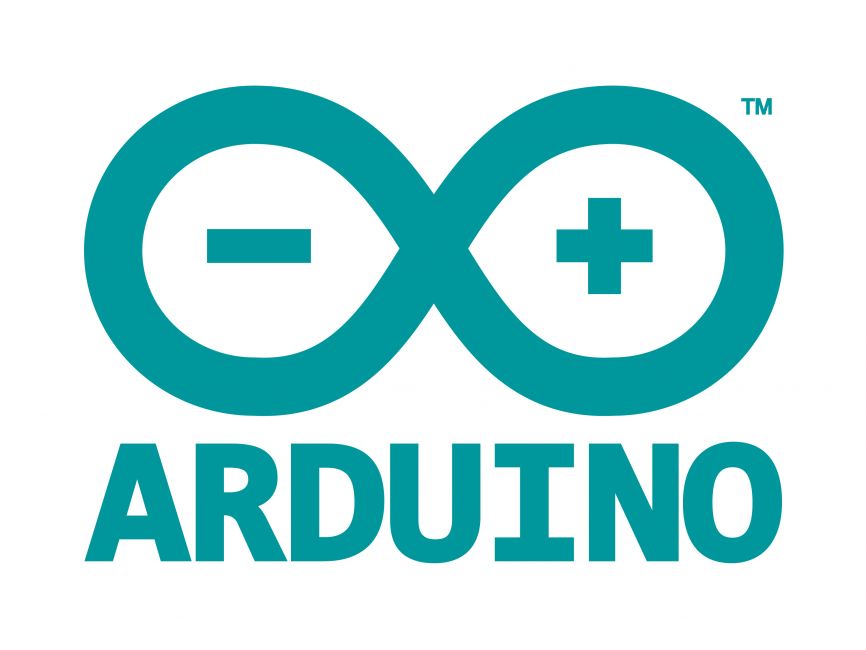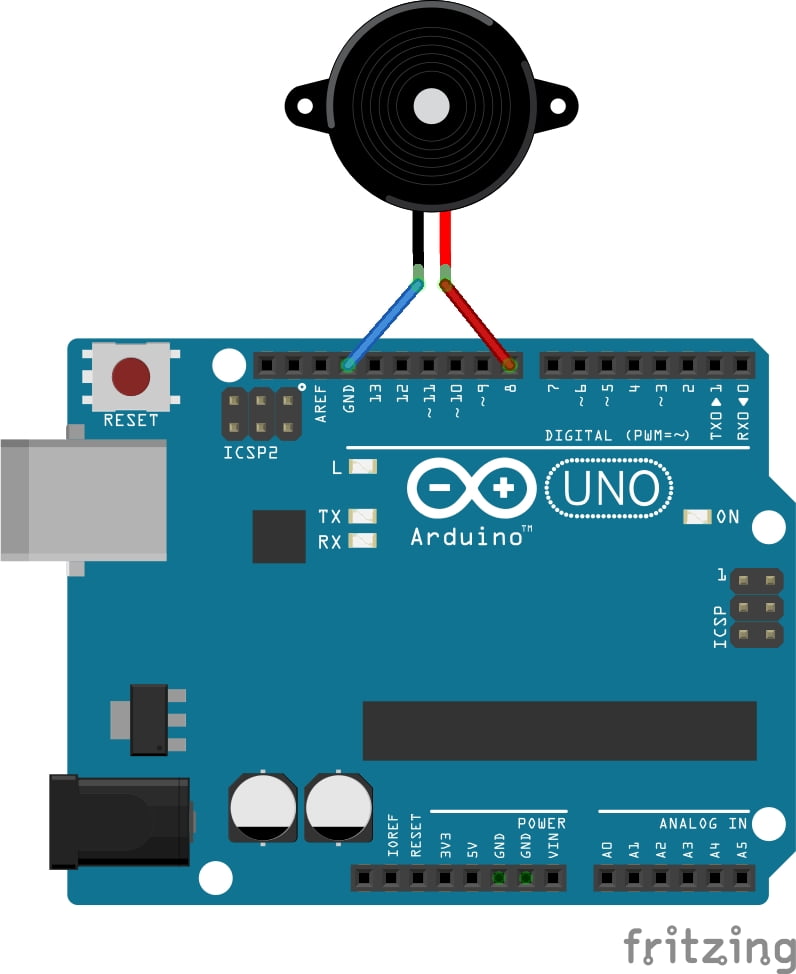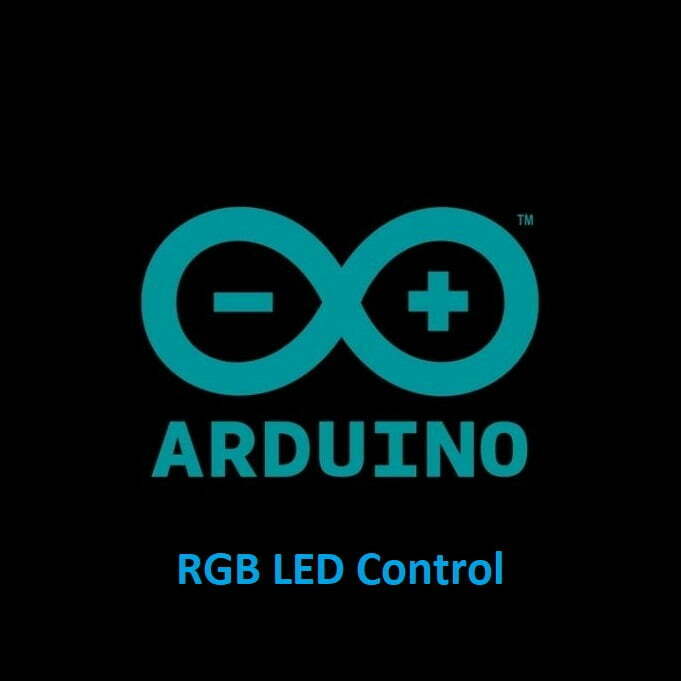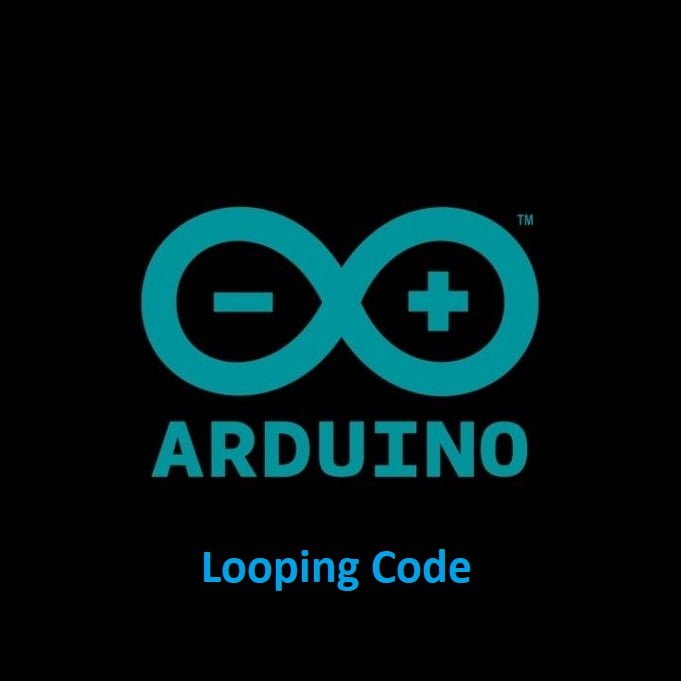Category: Guides
MegaNano Guides

DC Motors: Programming DC Motors with Arduino
What are DC Motors? Direct Current (DC) motors are commonly used in various applications, including robotics, automation, and electronics projects.…

Servos: Programming Servos with Arduino
What are Servos? Servos, short for “servomechanisms” or “servomotors,” are devices that are widely used in robotics and automation to…

Joysticks: Programming Joysticks with Arduino
How to use Joysticks with your Arduino Projects Using joysticks with Arduino is a common way to add manual control…

Arduinos Map Function and How to Use it
What is Arduinos Map Function? Arduinos Map Function is a useful utility function that helps you remap or scale a…

Pull-Up and Pull-Down Resistors with Arduino
What are Pull-up and Pull-down Resistors? In Arduino programming, INPUT_PULLUP and INPUT_PULLDOWN are two options you can use when configuring…

Program Tactile Switches with Arduino
What is a Tactile Switch? Tactile switches, often referred to as “tac switches” or “tact switches,” are commonly used in…

Programming the Light Dependent Resistor
What is a Light Dependent Resistor A Light Dependent Resistor (LDR), also known as a photoresistor, is a type of…

Buzzers: A Comprehensive Guide
Exploring Basic Components with Arduino! Welcome to Meganano’s series of comprehensive guides on using basic components with Arduino! In this…

Programming RGB LEDs with Arduino
What is an RGB? An RGB LED is a type of light-emitting diode (LED) that can produce multiple colors by…

Pulse Width Modulation with Arduino
Understanding Arduinos PWM Pins PWM stands for Pulse Width Modulation, and it’s a technique used in electronics to simulate analog…

Arduino Digital Input and Output Pins
Understanding The Arduinos Digital Pins Arduino boards, have digital input and output pins that you can use for various purposes…

Looping Code: Learn the Different Techniques
Understanding The Different Types of Loops In Arduino programming, looping code is commonly used to execute a block of code…
